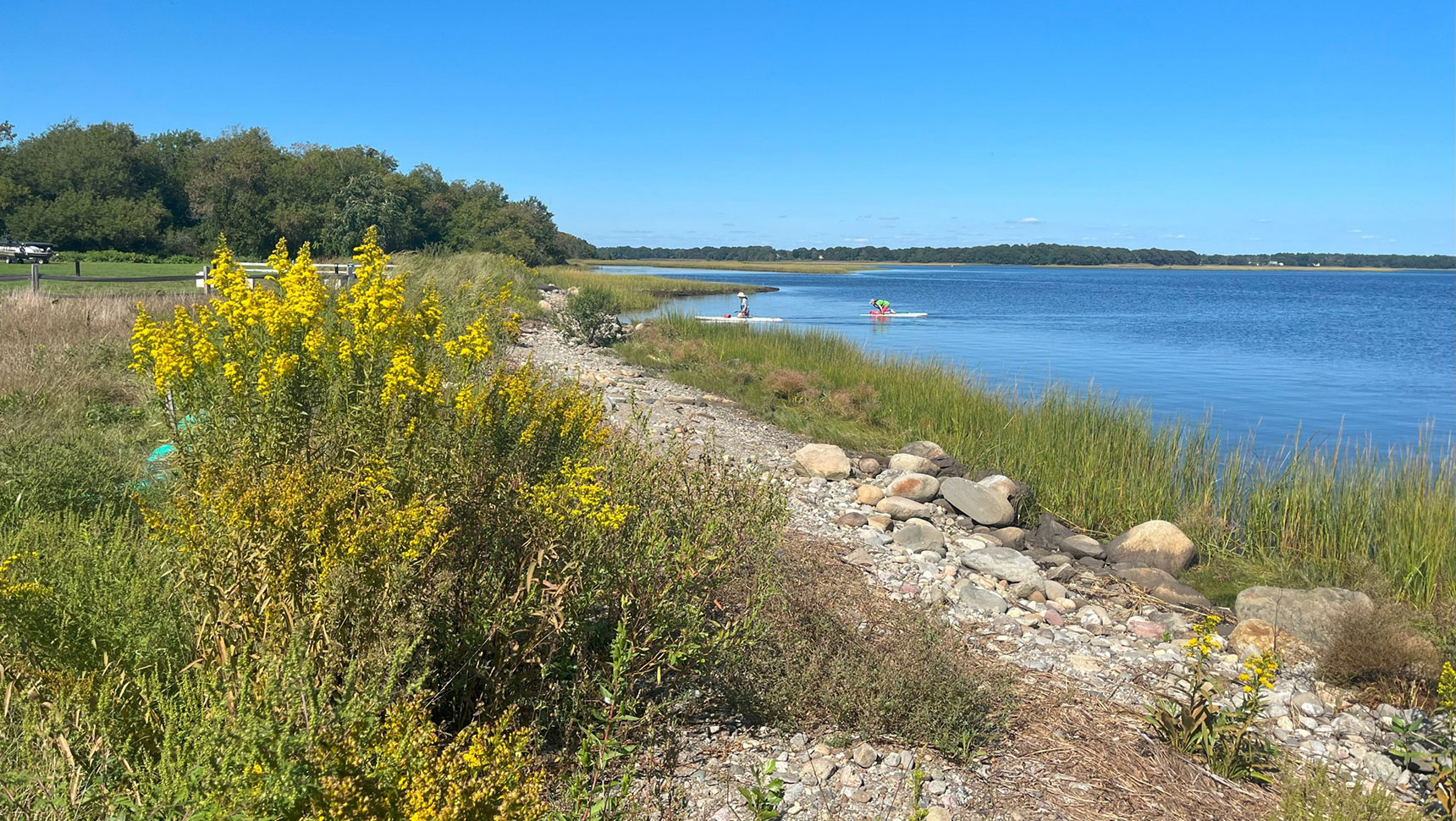Company News
Media Contact
Sherilyn Tkacz
All
July 1, 2024
Fuss & O’Neill Acquires Onsite Engineering
June 17, 2024
CT DEEP Program Manager Joins Fuss & O’Neill’s Environment and Facility Services Business Line
May 13, 2024
Marking 100-year anniversary, engineering firm Fuss & O’Neill will relocate HQ from Manchester to downtown Hartford
January 26, 2024
Fuss & O’Neill Welcomes Caryn MacDonald
December 7, 2023
Kevin Grigg Elected CBIA Board Chair
September 8, 2023
ACEC/MA Announces Silver Engineering Excellence Award Winners for 2023
July 6, 2023
Civil and Environmental Engineering Firm Fuss & O’Neill Approaches Centennial Anniversary
June 26, 2023
Fuss & O’Neill Welcomes Neal Kelly, LSP
October 21, 2022
Big Fuss Made Downtown
There are no results matching your search criteria. Please modify your search and try again.


